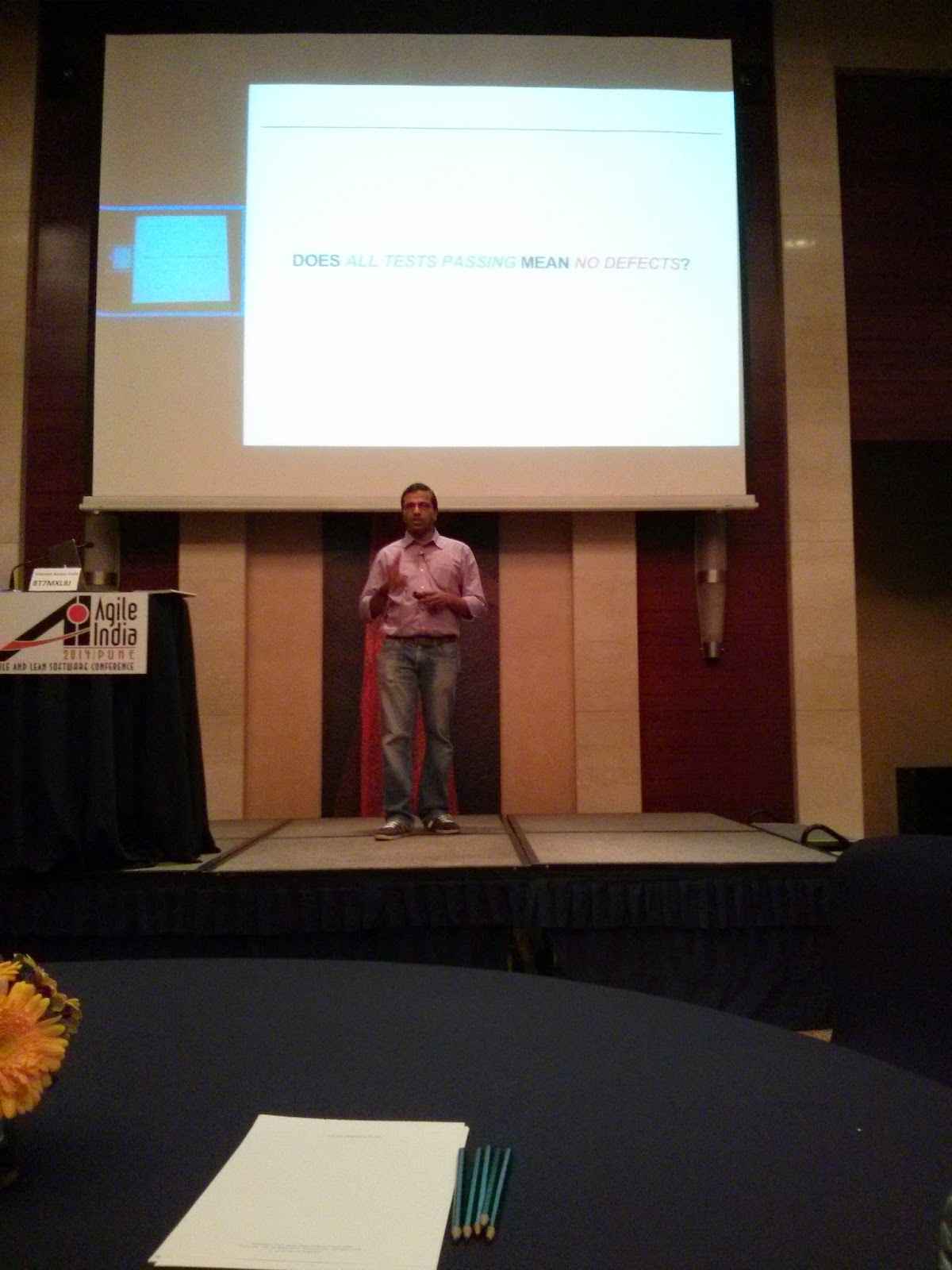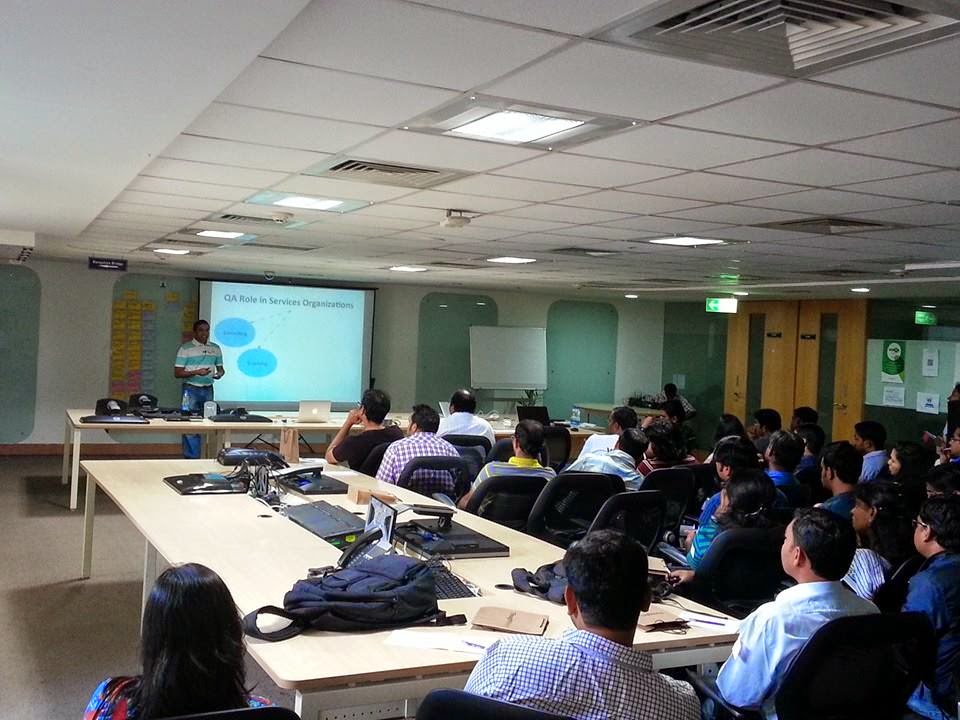Agile Testing Workshop
The Agile Manifesto was published in 2001. It took the software industry a good few years to truly understand what the manifesto means, and the principles behind it. However, choosing and implementing the right set of practices to get the true value from working the Agile way has been the biggest challenge for most!While Agile has now gone mainstream, and as we get better at the development practices to being Agile, Testing has still been lagging behind in most cases. A lot of teams are still working in the staggered fashion - with testing following next after development completed.
In this workshop, we will learn and share various principles and practices which teams should adopt to be successful in testing on Agile projects.
Agenda :
- What is Agile testing? - Learn what does it mean to Test on Agile Projects
- Effective strategies for Distributed Testing - Learn practices that help bridge the Distributed Testing gap!
- Test Automation in Agile Projects - Why? What? How? - Why is Test Automation important, and how do we implement a good, robust, scalable and maintainable Test Automation framework!
- Build the "right" regression suite using Behavior Driven Testing (BDT) - Behavior Driven Testing (BDT) is an evolved way of thinking about Testing. It helps in identifying the 'correct' scenarios, in form of user journeys, to build a good and effective (manual & automation) regression suite that validates the Business Goals.
Key Learnings for participants in this workshop :
- Understand the Agile Testing Manifesto
- Learn the essential Testing practices and activities essential for teams to adopt to work in Agile way of working
- Discover techniques to do effective testing in distributed teams
- Find out how Automation plays a crucial role in Agile projects
- Learn how to build a good, robust, scalable and maintainable Functional Automation framework
- Learn, by practice, how to identify the right types of tests to automate as UI functional tests - to get quick and effective feedback
Pre-requisites :
- Basic working knowledge and understanding of Agile













